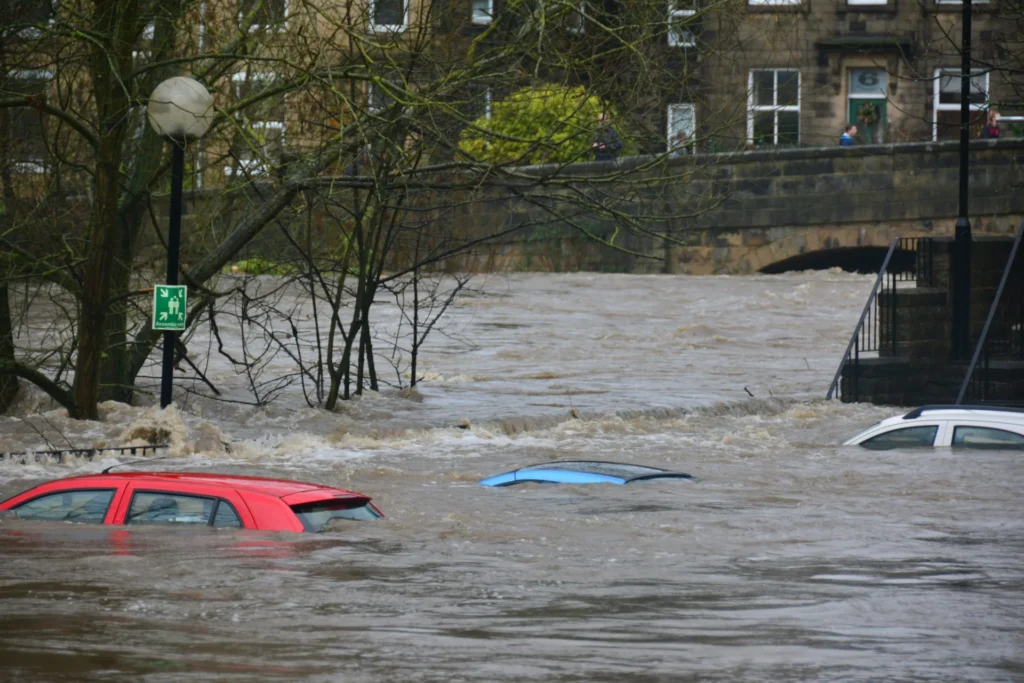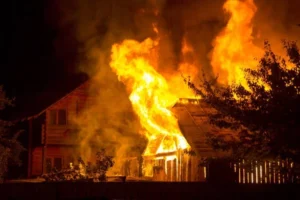Alaska’s flood insurance bill proposes a new state-run insurance program to address flood damages, including glacial outburst floods. Senate Bill 11 would establish the Alaska Flood Authority and an insurance fund, replacing the Federal Emergency Management Agency’s National Flood Insurance Program.
Senator Bert Stedman, who introduced the bill, argues that FEMA’s restrictions burden Alaskans and offer inadequate post-disaster compensation. The Senate Labor and Commerce Committee held the bill’s first on Monday.
FEMA mandates flood insurance for financing buildings in designated flood zones, yet private insurers rarely cover such risks in Alaska. A 2022 state report showed 32 cities or boroughs participated in FEMA’s program, with Alaskans paying more premiums than they received in compensation.
Stedman criticized FEMA’s model, saying Alaska’s payments subsidize other states prone to extreme weather. Unlike FEMA, which caps payouts at $250,000 for homes and $500,000 for commercial buildings, Stedman’s bill raises those limits.
The Alaska state flood insurance bill proposes maximum payouts of $1 million for homes and $2 million for commercial properties. FEMA discourages construction in flood-prone coastal areas, but Stedman wants fewer restrictions.
According to Stedman, expanding the program to cover landslides or earthquakes remains possible. Alaska faces growing flood and landslide risks as climate change alters weather patterns, thaws permafrost, and melts glaciers. The Senate committee continues reviewing Alaska’s flood insurance bill, with further discussions expected.
This news article was originally published by Alaska Beacon.









